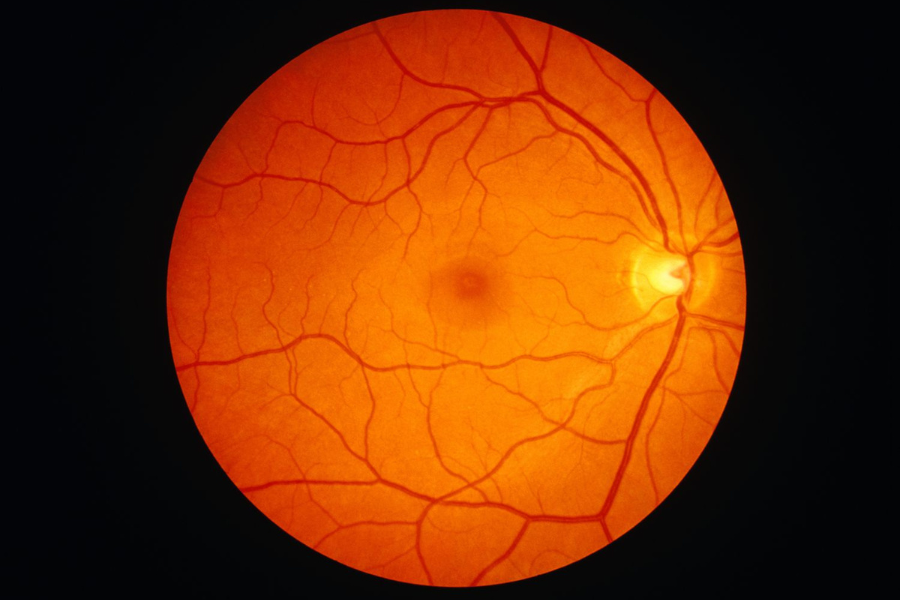- Main Branch - Lavington Clinic, Jacaranda 25,Jacaranda Avenue Off James Gichuru Rd
- Call: +254-715186034
Retina Disease
- Home
- Retina Disease

The retina is a layer of tissue in the back of your eye that senses light and sends images to your brain. In the center of this nerve tissue is another part called the macula. It provides the sharp, central vision needed for reading, driving, and seeing fine detail. Retinal disorders affect this vital tissue or any other part of your retina. Depending on your condition, retinal disease treatment goals may be to stop or slow disease progression and preserve, improve or restore your vision
Treatment for retinal disorders varies depending on the type and extent of the condition. Options may range from medication and vitamins to injections, laser treatments, and surgery. Early detection and intervention are essential to prevent and delay the progression of retina disorders. Untreated, some retinal diseases can cause severe vision loss or blindness. Some common retinal conditions include;
Macular edema is the accumulation of fluid in an area in the center of the retina known as the macular. There are various causes of this swelling which include; diabetes, macular degeneration, following cataract surgery, retinal vascular occlusions (retinal thrombosis), and central serous chorioretinopathy. Macular edema is associated with reduced vision especially when reading.
Macular edema is treated using laser often in combination with injections in the eye, which reduce the retinal swelling and improve vision.
Please make an appointment at Eagle Eye Laser Centre for assessment and treatment if you suspect or have been diagnosed with macular edema.
Diabetes damages the eye by causing disruption in the blood vessels leading to leaking, bleeding in the retina and macular edema. This damages the retina leading to loss of vision which is often irreversible. By the time the patient notices a problem in vision the damage is already extensive.
The main aim of treatment is to slow disease progression and preserve, improve or restore your vision. Good control of the blood sugar, Early detection and intervention are essential to prevent and delay the progression of diabetic retinopathy. The treatment may be medical- eye injections; laser or surgical in advanced cases.
The eye is filled with a jelly like substance called the vitreous, a fluid that maintains the shape of the eye. The vitreous is attached to the retina (photographic membrane at the back of the eye). With age the vitreous liquifies and shrinks thus pulling away from the retina; causing a posterior vitreous detachment.
Usually this does not lead to lasting problems but patients may experience flashing lights and floaters (spots or thread like strands) often described as cobwebs.
The floaters are annoying but harmless, patients are asked to ignore them. However if one develops a shower of new floats, a curtain coming across the vision and new flashes of light then there will be a need to seek urgent review from our ophthalmologists
